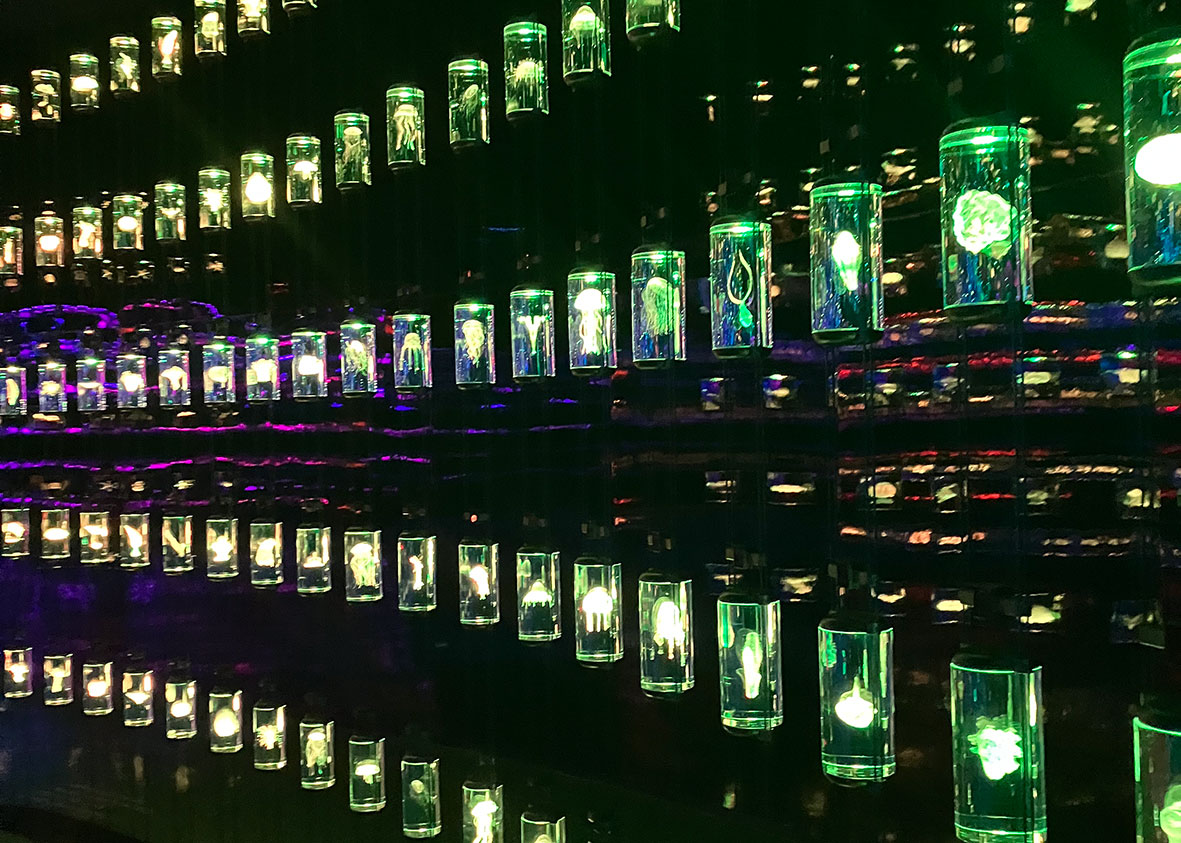In the pulsating heart of Dubai, along the majestic Sheikh Zayed Road, rises an architectural vision that challenges every convention: the Museum of the Future. With its elliptical form reminiscent of a giant eye turned toward tomorrow, this $136 million marvel is not simply a museum, but a living manifesto of what architecture can become when human ingenuity merges with artificial intelligence.
Designed by architect Shaun Killa of Killa Design, the 320,000-square-foot building defies gravity with its column-free structure, supported by a network of 2,400 steel tubes that intersect diagonally. But it is the façade that truly captures the imagination: 1,024 stainless steel panels engraved with verses of hope from Dubai’s ruler, Sheikh Mohammed bin Rashid al-Maktoum, rendered in three-foot-high Arabic calligraphy by Emirati artist Mattar Bin Lahej.
According to Bin Lahej – who created a variation of the thuluth script for the project – the structure embodies what is yet to come, while calligraphy remains a defining legacy of the nation. The engravings are not merely decorative: they create windows that allow sunlight to filter through during the day and, thanks to LED lighting, transform the building into a luminous beacon in Dubai’s nights.
Inside, six floors of exhibitions imagine life in 2071, including a space station called OSS Hope and a digitally recreated Amazon rainforest. The experience is totally immersive, inviting visitors of all ages to touch, see, and shape our shared future.
But perhaps the most revolutionary aspect is the creation process itself. Everything began with a computerized algorithm that generated over 20 versions of the steel structure, selecting the most efficient in terms of cost and ease of assembly. Each façade panel was first created digitally, then realized using robotic CNC routers that took nearly three years to complete all the molds.
The Museum of the Future is not just an attraction: it is tangible proof that tomorrow’s architecture is already here, where Arab tradition meets technological innovation in an embrace that redefines the boundaries of the possible.
